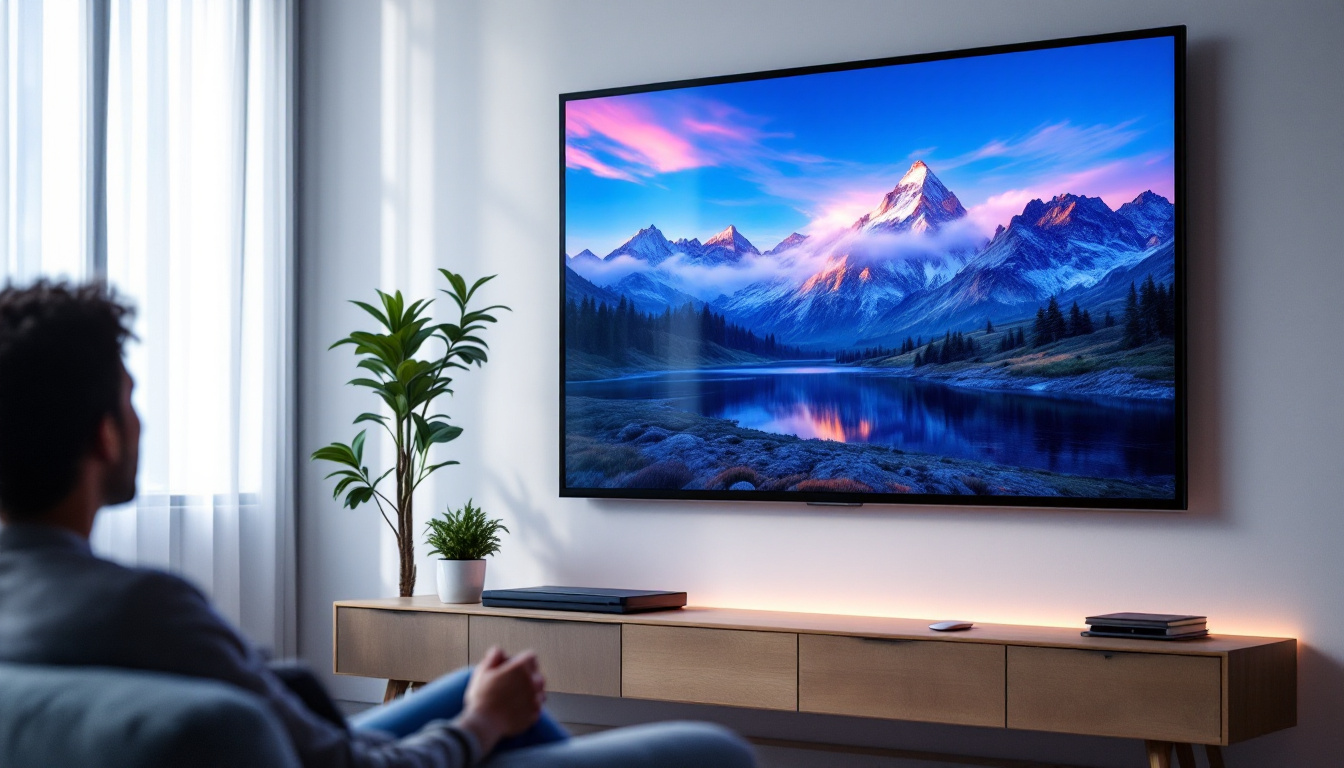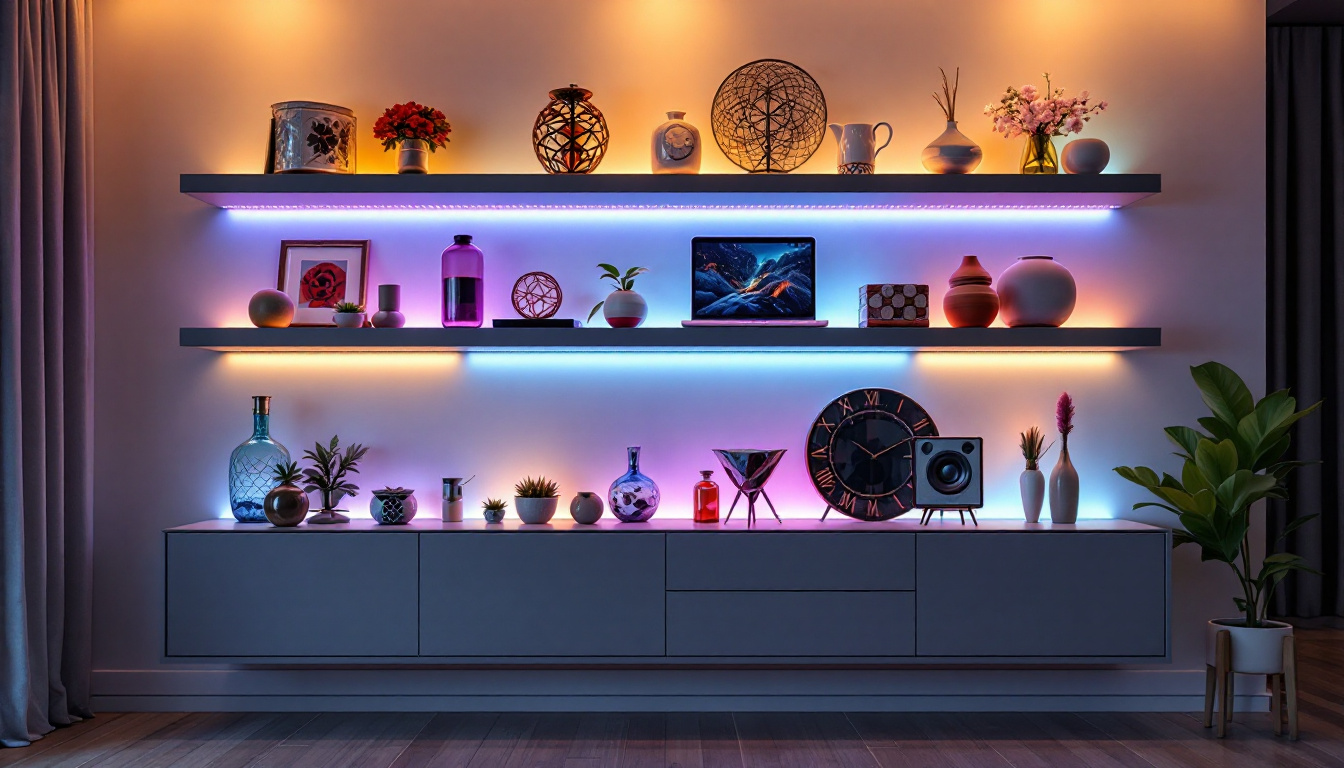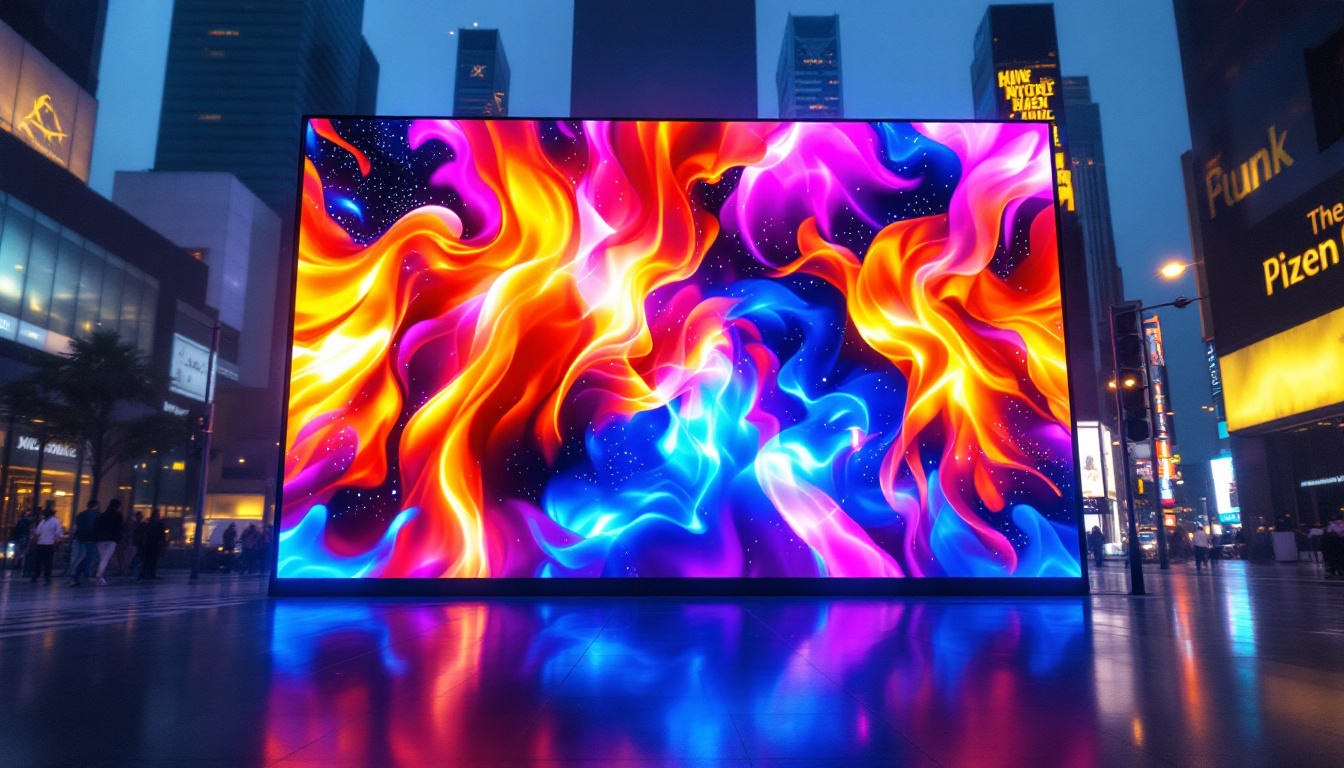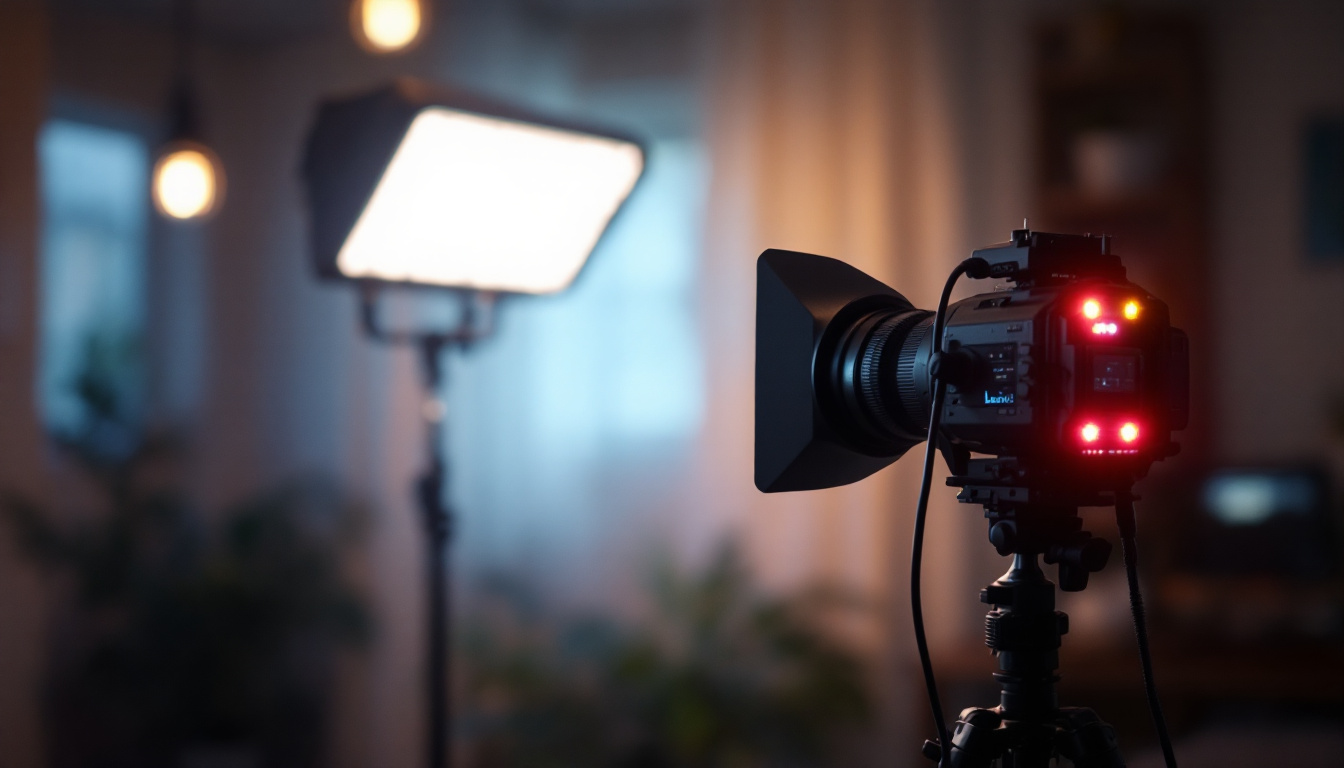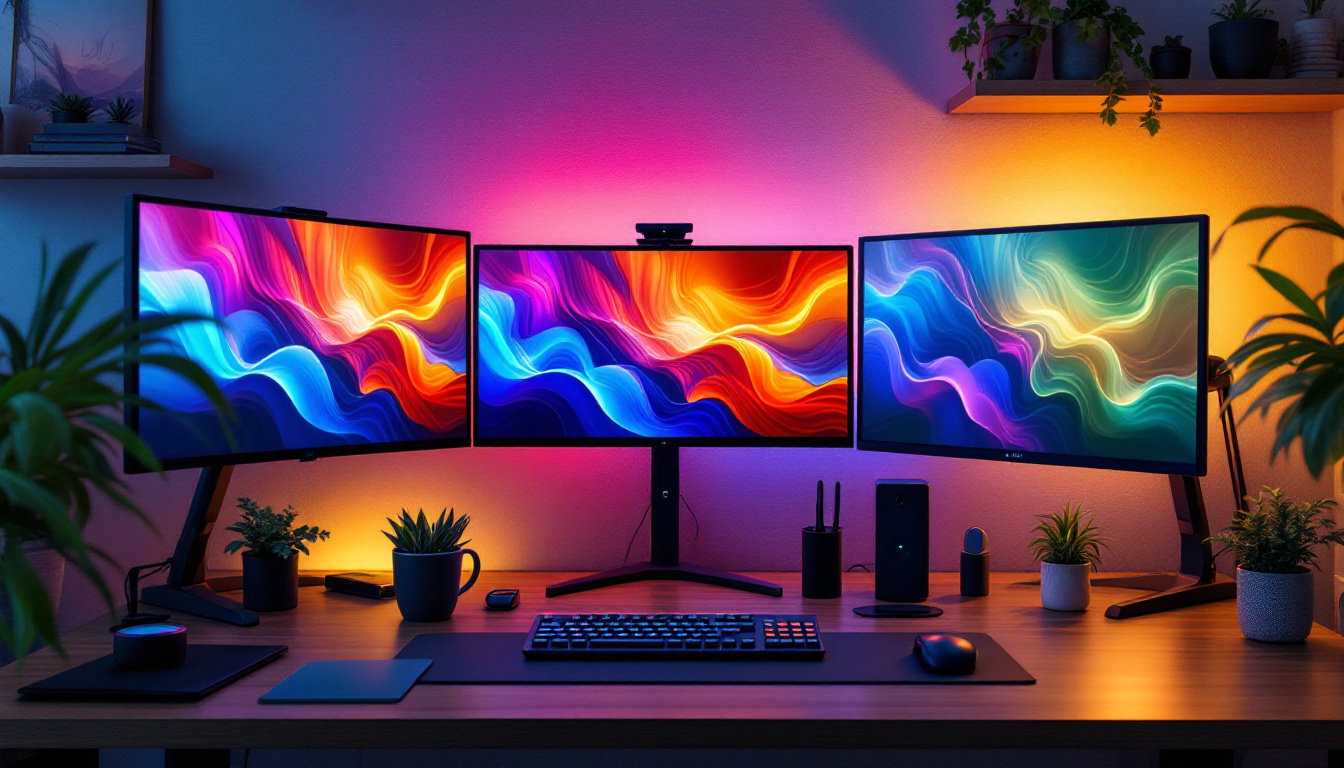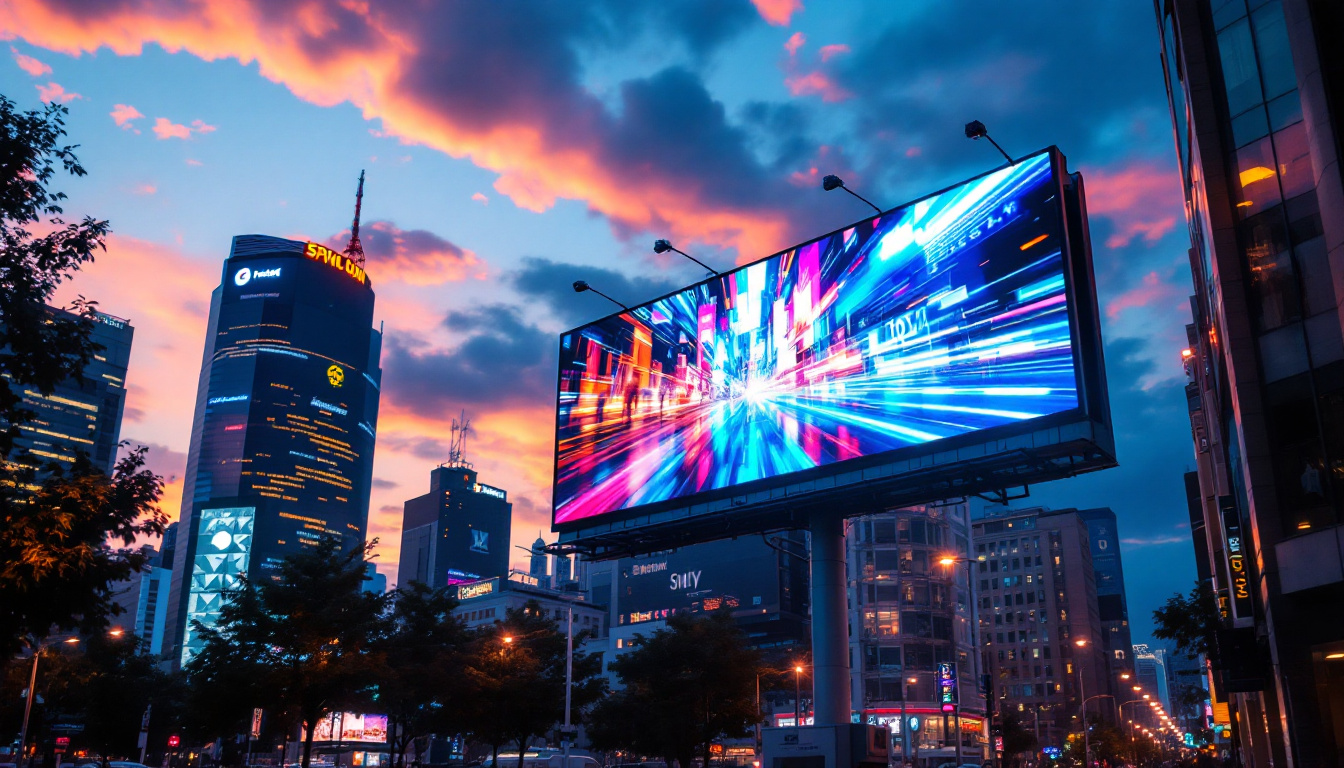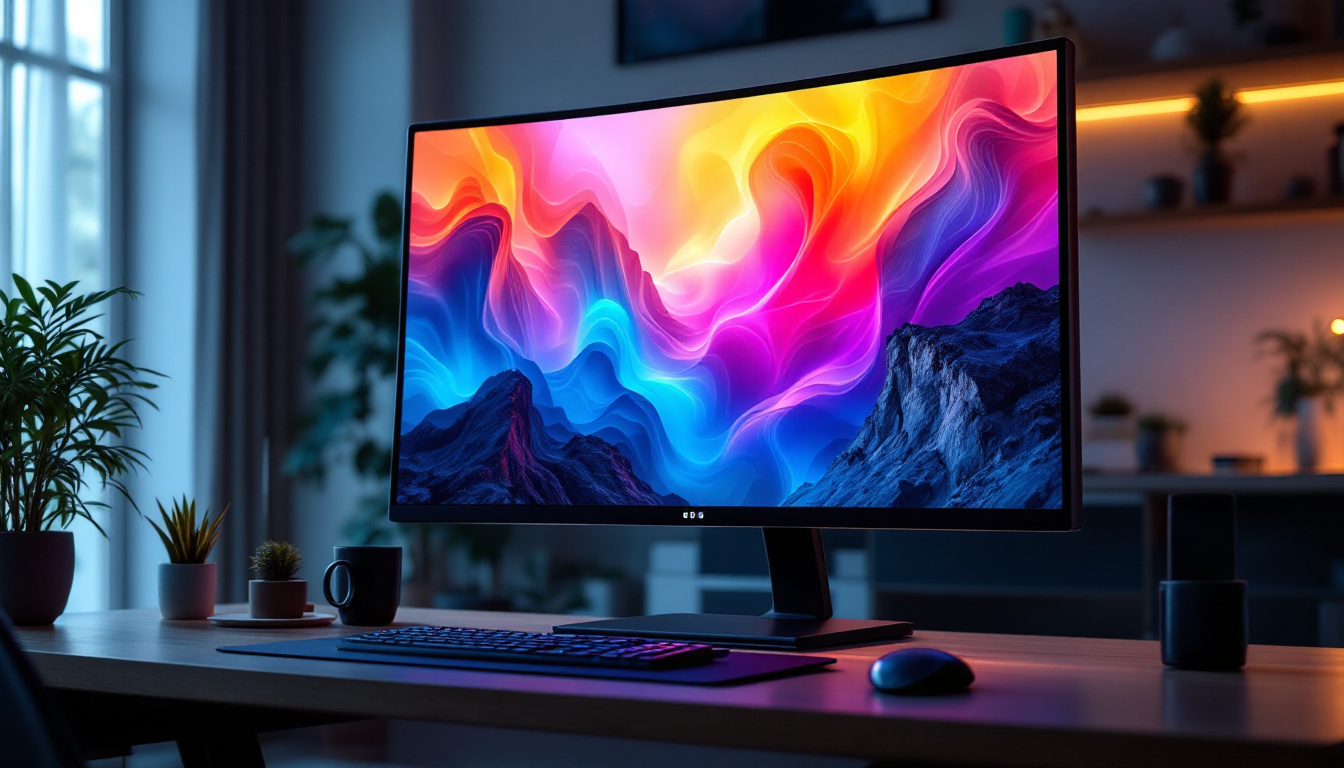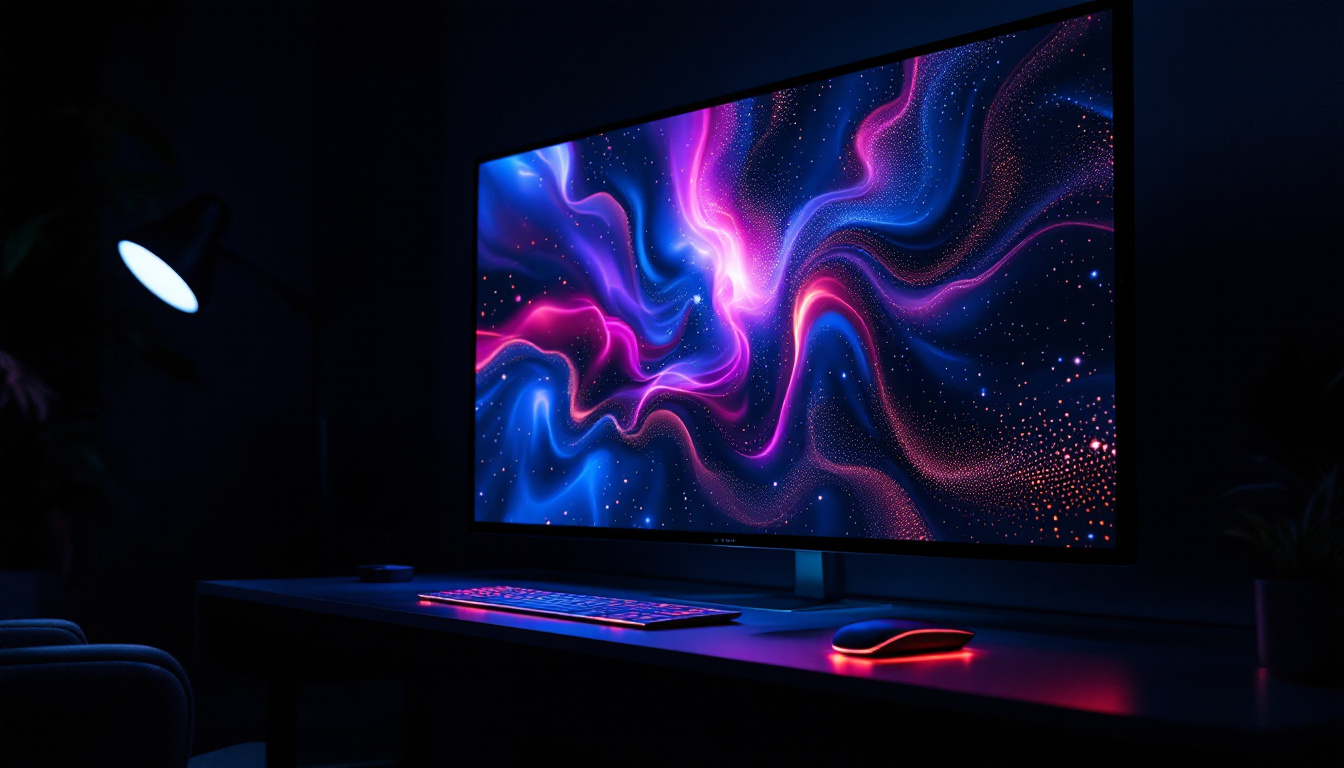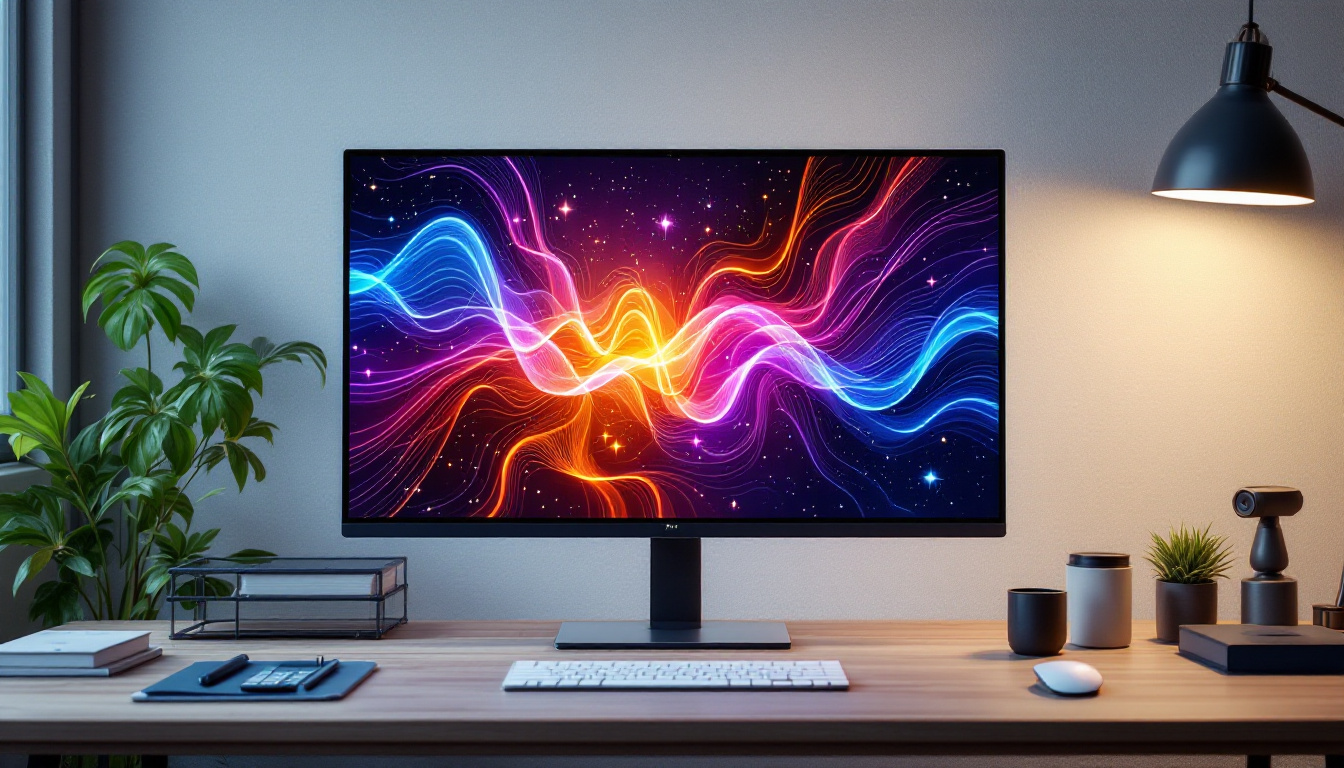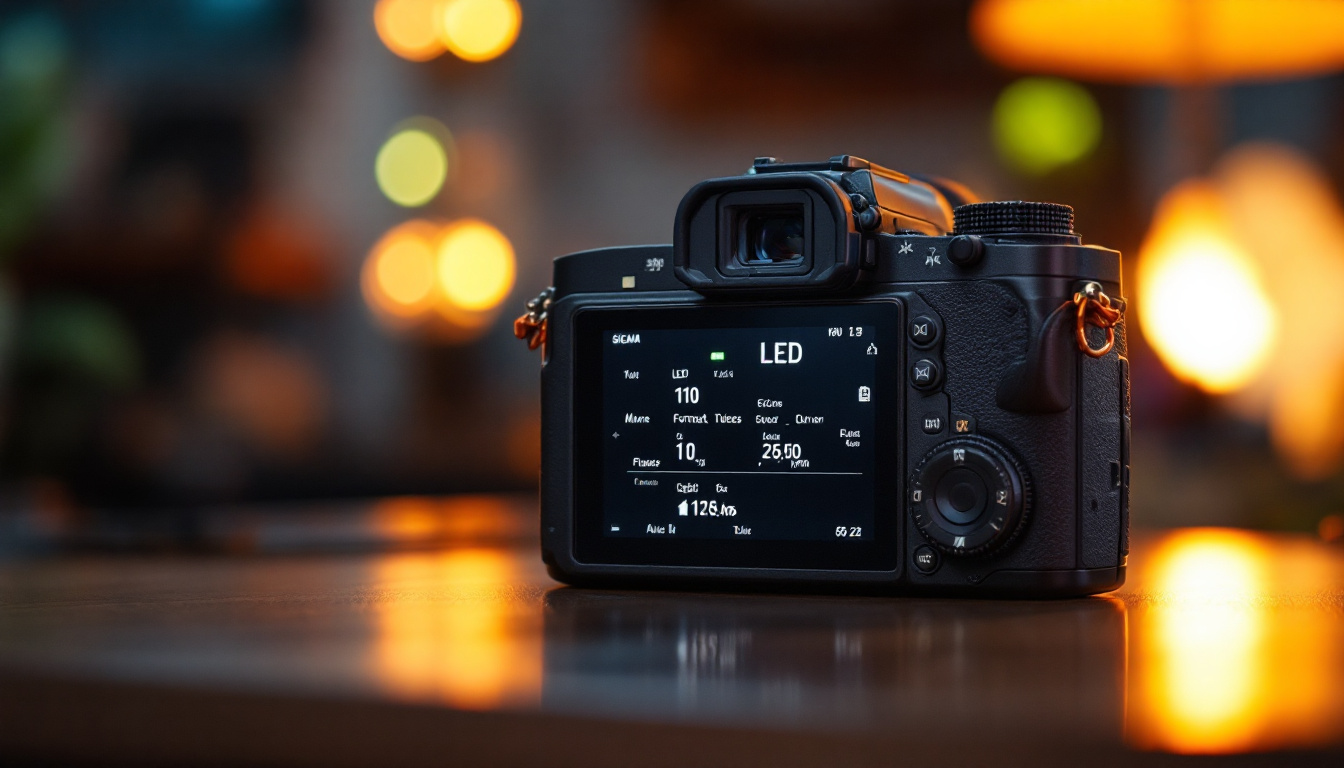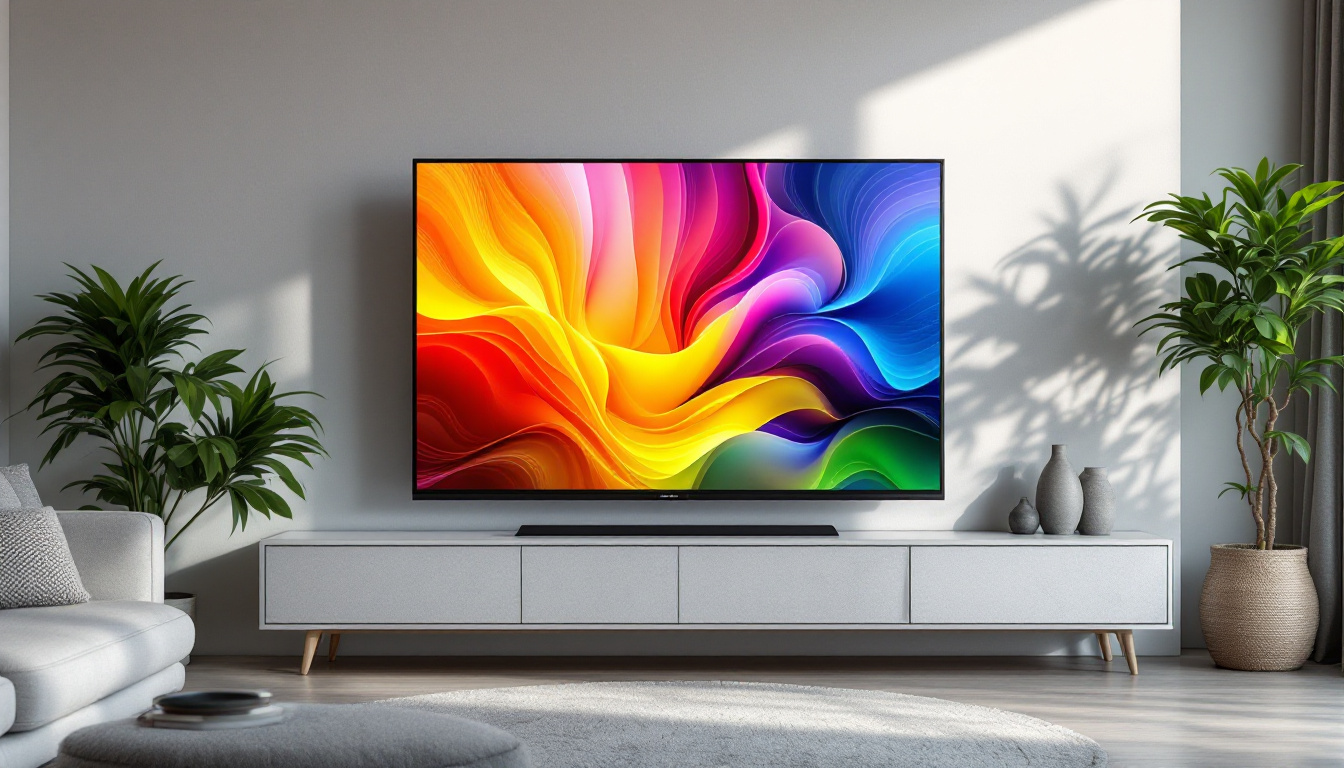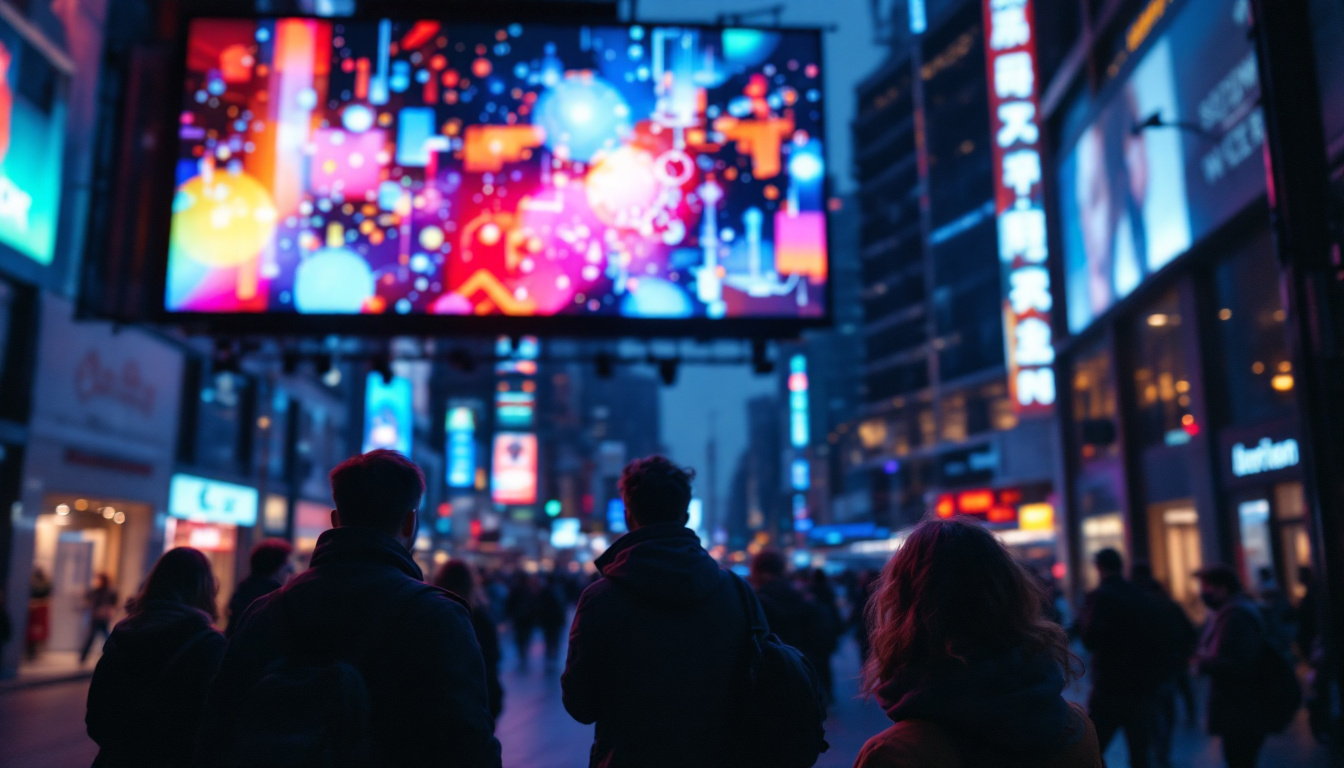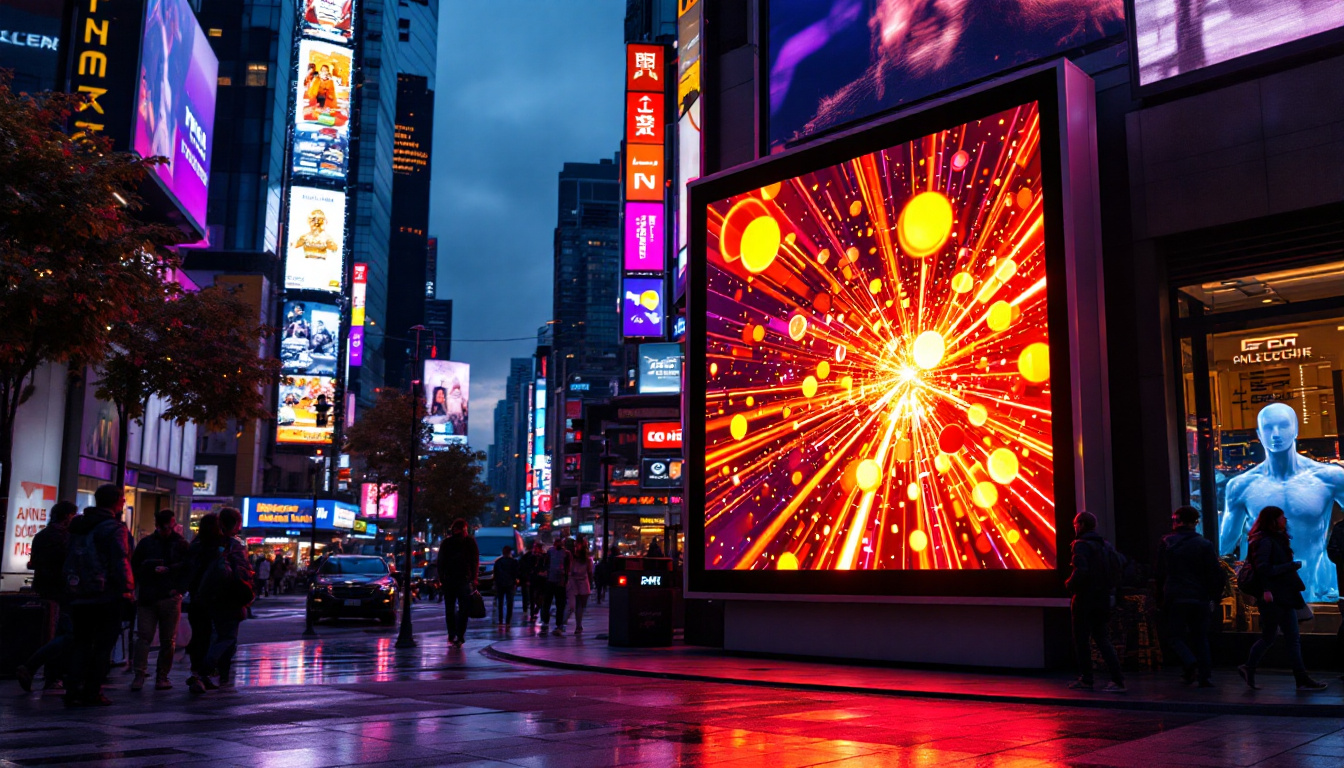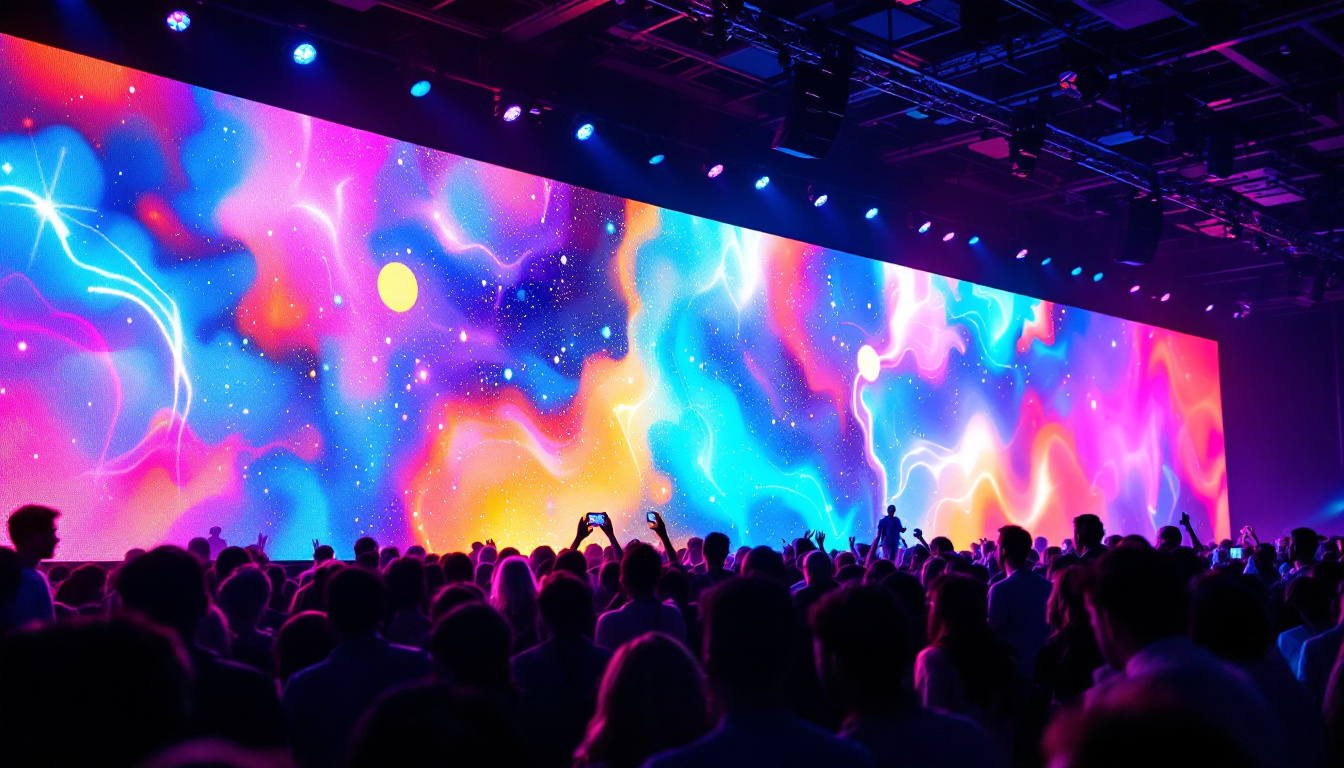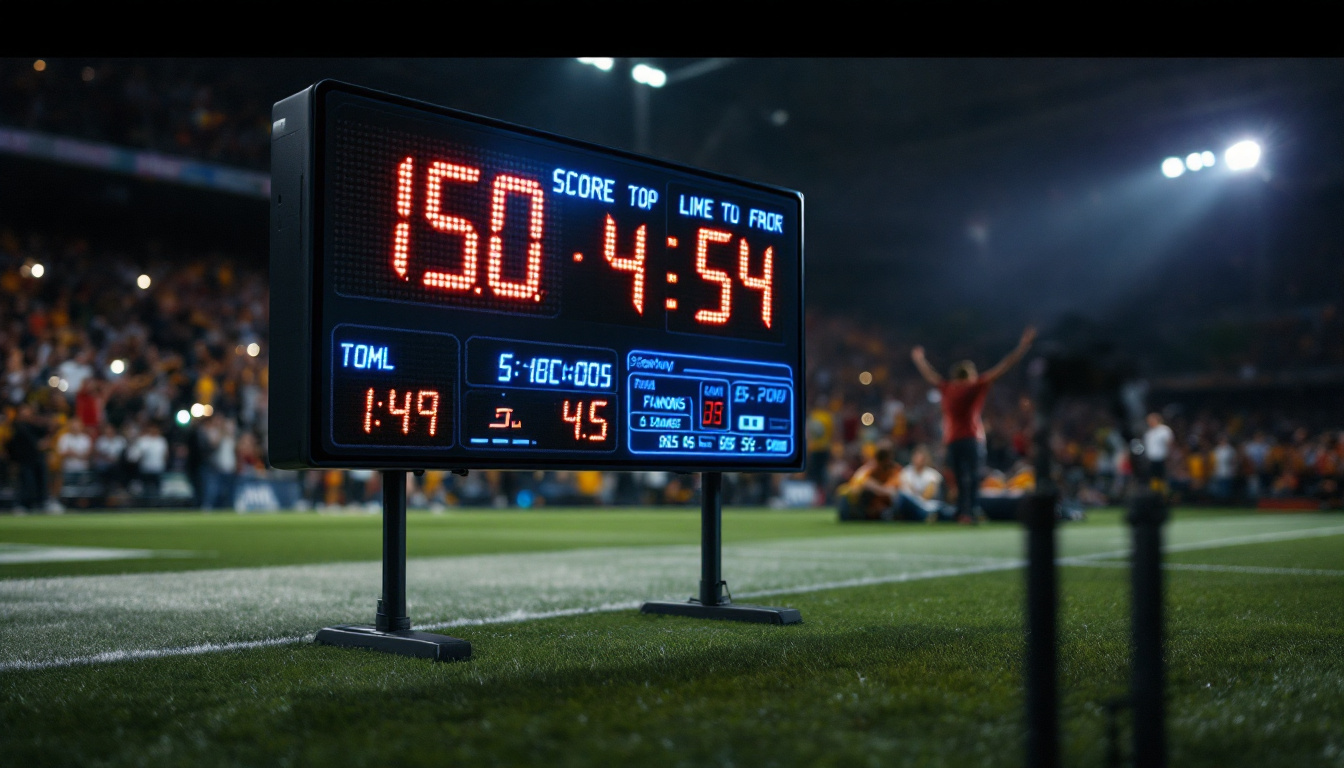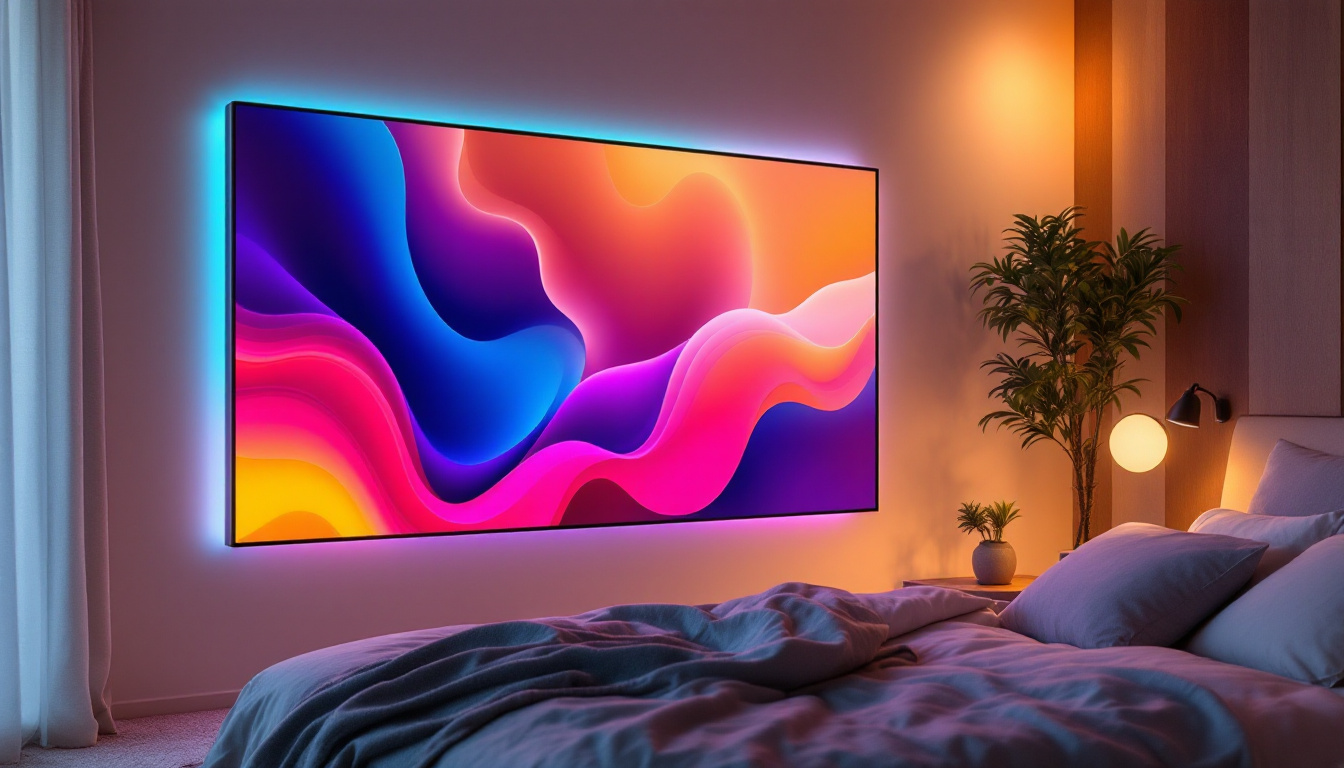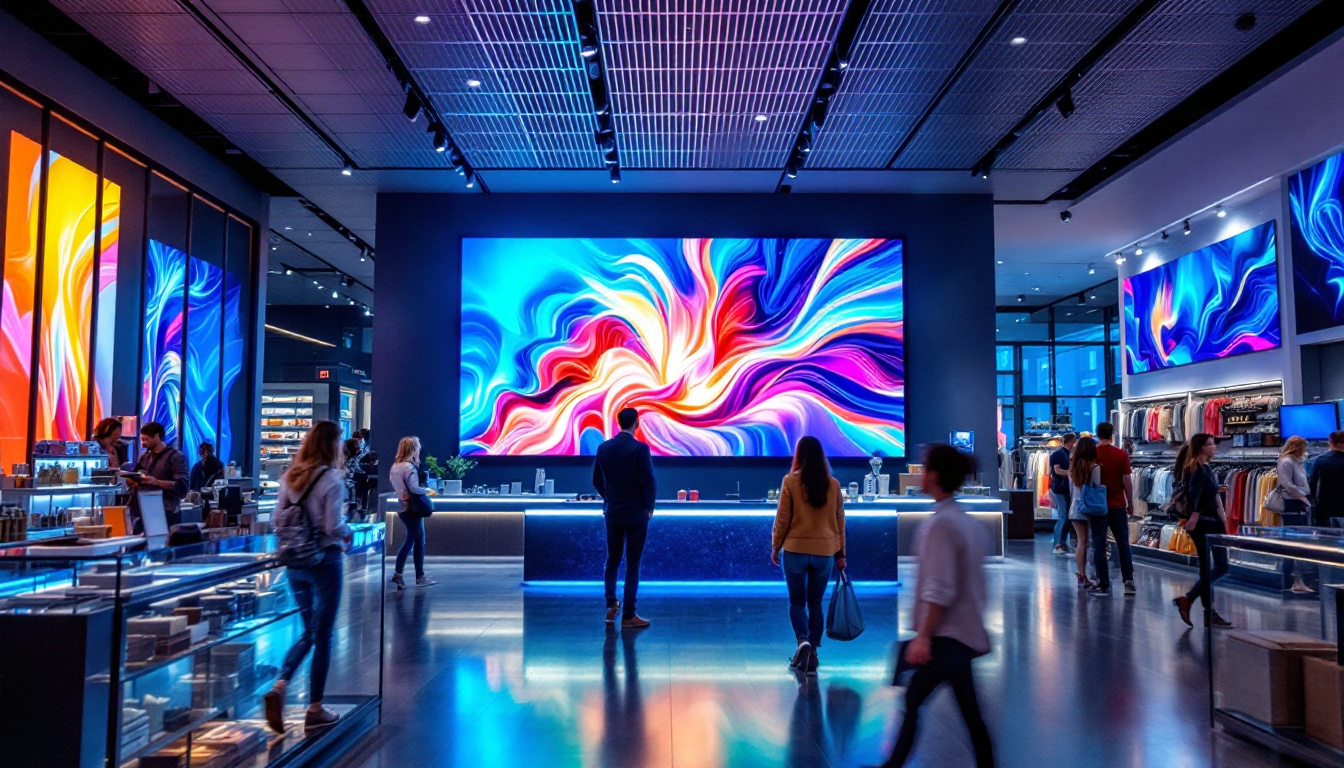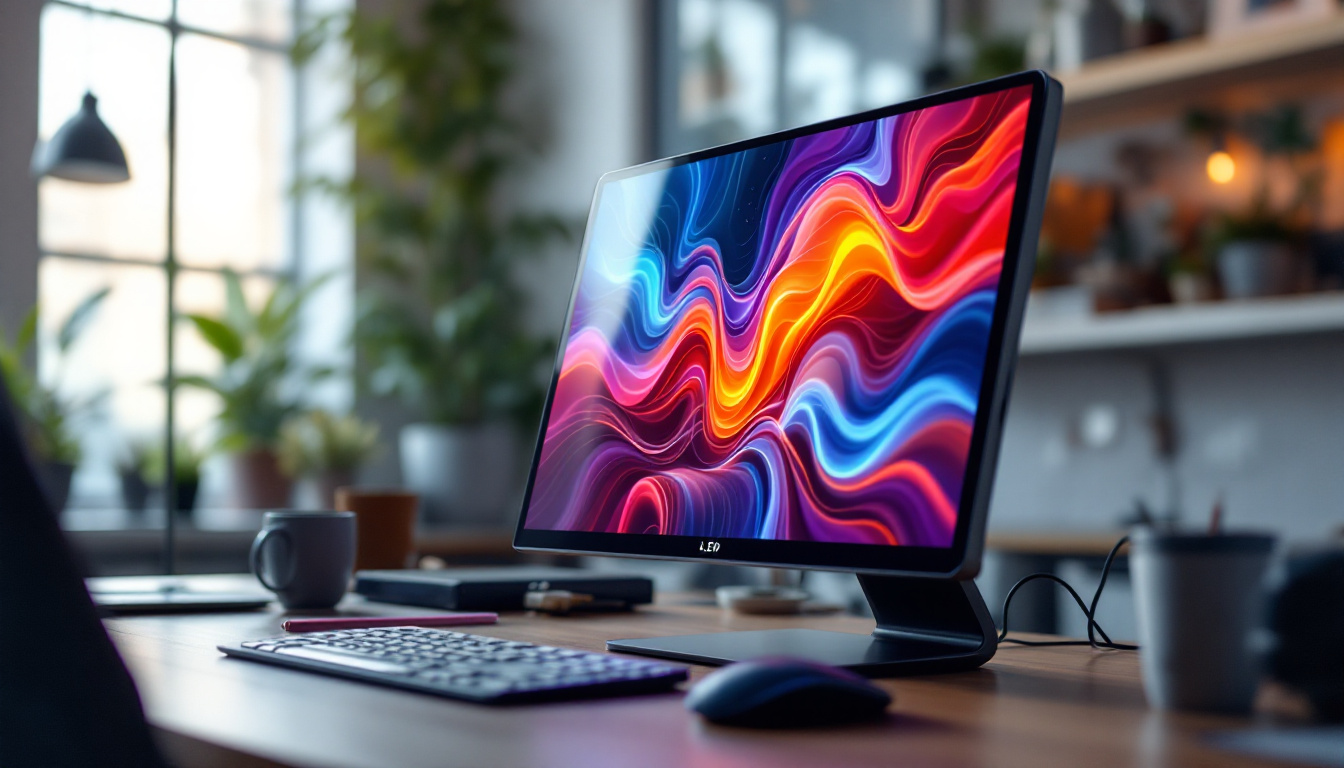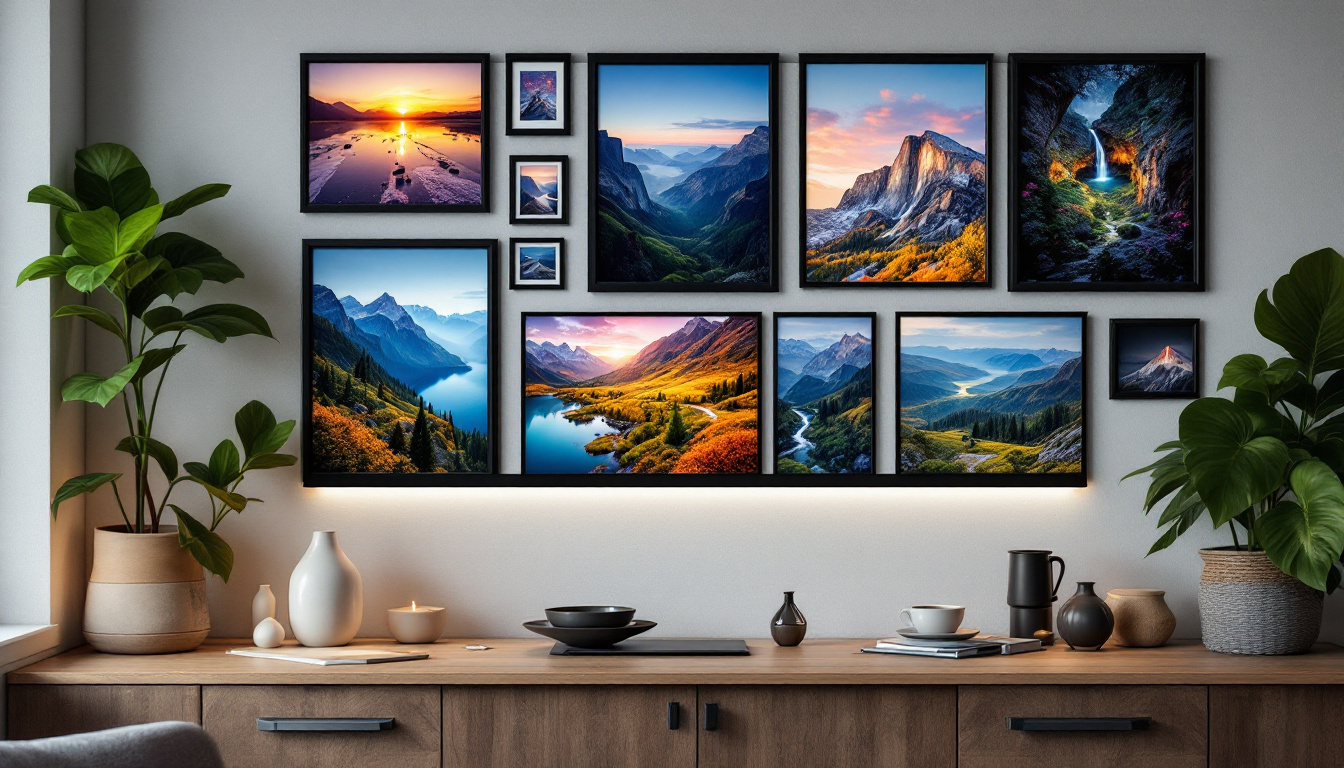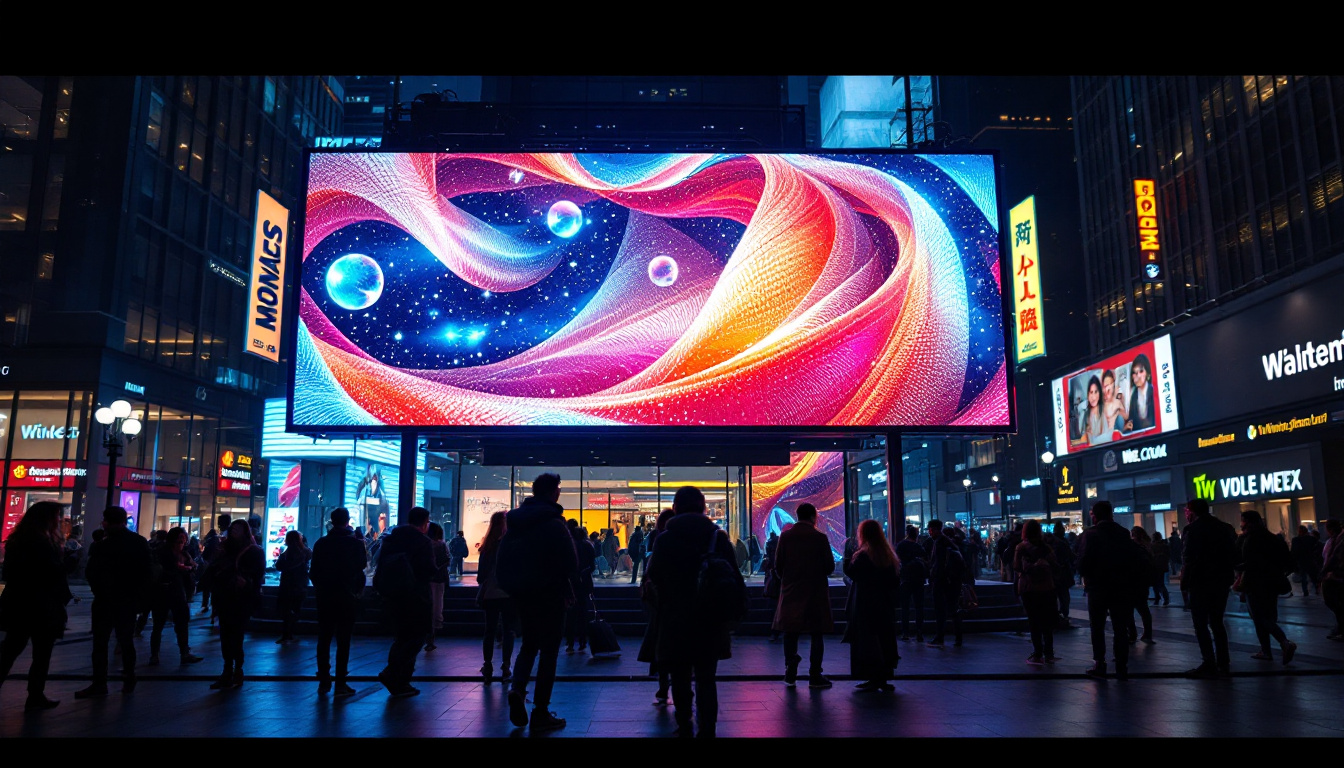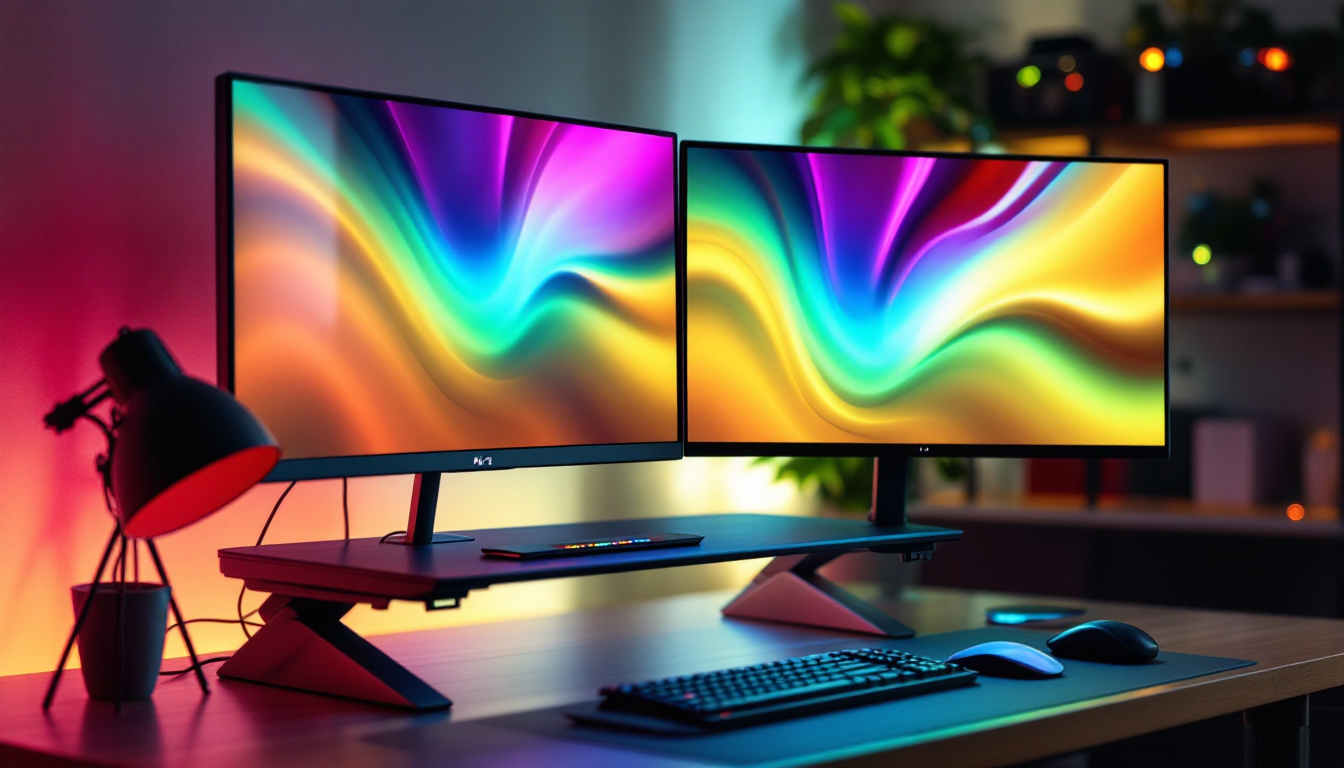In the world of visual technology, the evolution of display options has been remarkable. Among these, projector screens and LED displays stand out as two prominent choices for various applications, from home theaters to corporate presentations. This article delves into the specifics of projector screens, particularly focusing on the PNG format for images, and provides a comprehensive overview of LED displays, their advantages, and their applications.
Understanding Projector Screens
Projector screens serve as the canvas for images projected by a projector. They come in various types, materials, and formats, each designed to enhance the viewing experience. The choice of a projector screen can significantly affect the quality of the projected image, making it essential to understand the different options available.
Types of Projector Screens
There are several types of projector screens, including fixed-frame, retractable, and portable screens. Fixed-frame screens are mounted permanently and offer a taut surface, ensuring optimal image quality. Retractable screens, on the other hand, can be pulled down when needed and retracted when not in use, making them ideal for multi-purpose spaces. Portable screens are lightweight and easy to set up, catering to those who need flexibility in their presentations.
Additionally, screens can be categorized based on their material. Matte white screens are the most common, providing good color reproduction and viewing angles. However, there are also specialized screens, such as high-gain screens that reflect more light, making them suitable for brighter environments. Furthermore, some screens are designed with ambient light rejection technology, which helps to minimize the impact of surrounding light sources, enhancing contrast and color saturation for a more vivid viewing experience.
Understanding PNG Format
The PNG (Portable Network Graphics) format is widely used for images due to its lossless compression and support for transparency. This makes it an excellent choice for graphics that require high quality without sacrificing detail. When it comes to projector screens, using PNG images can enhance presentations by ensuring that logos, charts, and other visuals maintain their clarity and sharpness.
Incorporating PNG images into presentations can significantly improve the aesthetic appeal and professionalism of the content. This is particularly important in business settings, where the visual representation of information can influence decision-making processes. Moreover, the ability to use transparent backgrounds in PNG files allows for more creative designs, enabling presenters to overlay graphics on top of other elements without losing the coherence of their message. This versatility can be particularly advantageous in educational contexts, where engaging visuals can help to clarify complex concepts and maintain audience interest.
LED Displays: A Modern Alternative
LED displays have gained immense popularity in recent years, offering a modern alternative to traditional projector screens. These displays utilize light-emitting diodes to create vibrant images and videos, providing several advantages over conventional projection methods.
Advantages of LED Displays
One of the primary benefits of LED displays is their brightness. Unlike projectors, which can struggle in well-lit environments, LED screens maintain their visibility regardless of ambient light. This makes them ideal for various settings, from conference rooms to outdoor events.
Another significant advantage is the resolution. LED displays can achieve higher resolutions than many projectors, resulting in sharper images and more detailed visuals. This is particularly important for applications that require precision, such as graphic design and video editing.
Moreover, LED displays are known for their energy efficiency. They consume less power compared to traditional display technologies, leading to reduced operational costs over time. This energy efficiency not only benefits the environment but also makes LED screens a cost-effective choice for businesses looking to minimize their carbon footprint while maximizing performance.
Applications of LED Displays
LED displays are versatile and can be used in a multitude of applications. In commercial settings, they are often employed for advertising and information dissemination, providing dynamic content that can be easily updated. In entertainment, LED screens are a staple in concerts and events, allowing for immersive experiences that engage audiences.
Furthermore, LED displays are increasingly used in educational institutions, enhancing the learning experience with interactive content and clear visuals. Their adaptability makes them suitable for various environments, catering to the needs of different users. Additionally, the integration of touch technology in some LED displays allows for interactive learning experiences, enabling students to engage directly with the content. This interactivity fosters a more engaging classroom environment, encouraging collaboration and participation among students.
In the realm of sports, LED displays have revolutionized how fans experience games. From large scoreboards in stadiums to smaller screens in sports bars, these displays provide real-time updates, instant replays, and engaging graphics that enhance the overall viewing experience. The ability to display multiple feeds simultaneously ensures that fans never miss a moment of the action, making LED displays an essential component of modern sports entertainment.
Comparing Projector Screens and LED Displays
When deciding between projector screens and LED displays, several factors should be considered. Each option has its unique strengths and weaknesses, making them suitable for different scenarios.
Image Quality and Clarity
In terms of image quality, LED displays generally outperform projector screens, especially in brightly lit environments. The clarity and vibrancy of LED images can create a more engaging experience for viewers. However, high-quality projector screens can still produce excellent results in controlled lighting conditions. Furthermore, advancements in projection technology, such as 4K resolution and high dynamic range (HDR), have significantly improved the visual output of projectors, allowing them to compete more effectively with LED displays in terms of detail and color accuracy.
Installation and Portability
Projector screens offer flexibility in installation, with options for permanent or temporary setups. Portable screens can be easily transported and set up in various locations, making them ideal for traveling presenters. LED displays, while often heavier and more complex to install, provide a more permanent solution that requires less adjustment once set up. Additionally, some modern LED displays come with integrated features such as wireless connectivity and smart capabilities, which can streamline the setup process and enhance user experience. This integration allows for seamless presentations without the need for extensive cabling, making LED displays an attractive option for tech-savvy users looking for convenience and efficiency.
Cost Considerations
Cost is another critical factor when comparing these two technologies. Generally, projector screens tend to be more budget-friendly, especially for larger sizes, while LED displays can represent a significant investment. However, it’s essential to consider the total cost of ownership, which includes maintenance, replacement bulbs for projectors, and potential upgrades for LED displays. Over time, the longevity and durability of LED technology may offset the initial higher costs, as they often have longer lifespans and lower maintenance requirements compared to traditional projectors. This makes it crucial for buyers to evaluate their long-term needs and budget when making a decision.
Choosing the Right Option for Your Needs
Selecting between a projector screen and an LED display ultimately depends on specific needs and preferences. Factors such as budget, intended use, and the environment in which the display will be used should all be taken into account.
Budget Considerations
Projector screens are generally more affordable than LED displays, making them an attractive option for those with budget constraints. However, it is essential to consider the total cost of ownership, which includes the projector itself, maintenance, and potential replacement costs for bulbs.
LED displays, while initially more expensive, may offer better long-term value due to their durability and lower maintenance requirements. This can make them a worthwhile investment for businesses or organizations that require frequent use.
Intended Use and Environment
The intended use of the display is crucial in determining the best option. For home theaters or environments with controlled lighting, a high-quality projector screen may suffice. Conversely, for commercial applications or spaces with variable lighting, an LED display would likely provide a better experience.
Future Trends in Display Technology
The landscape of display technology is continually evolving, with advancements that promise to enhance both projector screens and LED displays. Understanding these trends can help users make informed decisions about their visual technology needs.
Emerging Technologies
One of the most exciting developments in display technology is the rise of microLED and OLED displays. These technologies offer even greater color accuracy, contrast, and energy efficiency. As these technologies become more accessible, they may redefine the standards for both projector screens and LED displays.
Additionally, advancements in smart technology are integrating displays with interactive features, allowing for more engaging presentations and experiences. Touch-sensitive screens and augmented reality capabilities are becoming increasingly common, providing users with new ways to interact with content.
Sustainability in Display Technology
As environmental concerns grow, the demand for sustainable technology is on the rise. Manufacturers are focusing on creating energy-efficient displays that reduce power consumption and use recyclable materials. This trend is likely to influence future designs of both projector screens and LED displays, making them more eco-friendly.
Conclusion
In conclusion, both projector screens and LED displays have their unique advantages and applications. Understanding the differences between these technologies can help users make informed decisions based on their specific needs. Whether opting for the flexibility of a projector screen or the brilliance of an LED display, the choice ultimately hinges on the intended use, budget, and environment.
As technology continues to advance, staying informed about emerging trends and innovations will ensure that users can select the best visual solutions for their needs. The future of display technology is bright, and both projector screens and LED displays will play vital roles in shaping how we experience visual content.
Discover LumenMatrix’s Innovative LED Display Solutions
Ready to elevate your visual experience with cutting-edge technology? LumenMatrix offers a diverse range of LED display solutions tailored to meet your unique needs. From captivating Indoor and Outdoor LED Wall Displays to dynamic Vehicle and Sports LED Displays, our products are designed to enhance brand visibility and engage your audience. Whether you’re looking for a Custom LED Display, an All-in-One solution, or the transparency of our LED Transparent Displays, LumenMatrix is committed to revolutionizing visual communication. Check out LumenMatrix LED Display Solutions today and transform the way you share your message with the world.

